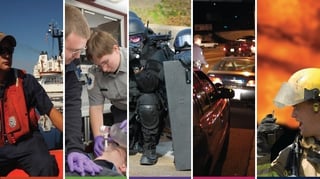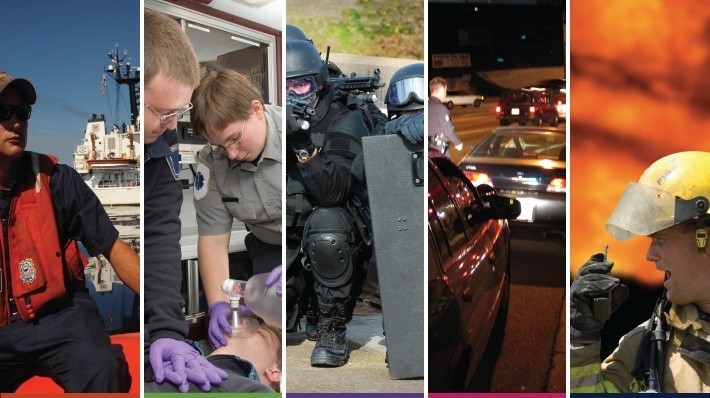In most cases, organizations rely on wireless technology to improve things like efficiency or communication. While these things are important to a business, they are actually mission-critical to those in public safety - meaning the difference between life and death.
The public relies on police and fire departments to be there when they need them. They lean on these agencies in the case of an emergency, and in everyday life. In order to best be prepared to be there for their communities, decision makers often employ various wireless technologies like two-way radios and develop intuitive dispatch centers to improve response times. 
Over time, the technologies available to those in public safety evolve in order to best meet their needs. As decision maker, it is important to stay on top of these trends to ensure your agency is always equipped and prepared with the latest technology (which is vital in mission critical communications).
Here is a quick look at some of the best wireless communications insights and trends for public safety over the next five years (and what they mean for you).
Interoperability is Growing
Interoperability - the ability for one device/system to communicate with a different device/system - is growing in popularity by the day. Public safety agencies find it incredibly valuable for them to be able to communicate across multiple networks (not just P25 networks that they often use today). This includes WiFi and existing two-way radio networks.
Many agencies are currently making the move from analog to digital systems in order to be best suited for interoperability, and we expect many more to make the transition soon.
More Converged, Durable Networks and Devices
The power and potential of interoperability largely depends on the devices and networks coming together to form a single mission-critical system. This means that PTT groups will need to include two-way radios and gear that integrate GPS capabilities and CAD applications (computer-aided dispatch).
Over the next five years, look for more hardened mission-critical devices to enter the market - often referred to as "network-agnostic devices."
Enhanced Cyber Security Due to the Cloud
When you converge networks, they tend to become more difficult to secure. This potential risk is mitigated by public safety agencies moving their technology to the cloud via cloud-based applications.
This is because cloud-based applications lessen the management burden on these agencies and reduce vulnerability to cyber threats. Not only that, but relying on cloud technology also offers an effective means database information analysis - a big reason why so many agencies are making the move.
Mobile Device Usage Will Only Grow
As public safety agencies continue to adopt a bring-your-own-device (BYOD) policy, many workers are relying on smart phones and tablets for their communication. While it is encouraged that these agencies use two-way radios as their primary form of communication, the idea of interoperability is very relevant here - we want all of our devices to be able to connect and communicate with one another.
To learn more about the available wireless technologies that your public safety agency could be adopting, contact Chicago Communications today. Or, you can always leave a comment below!



